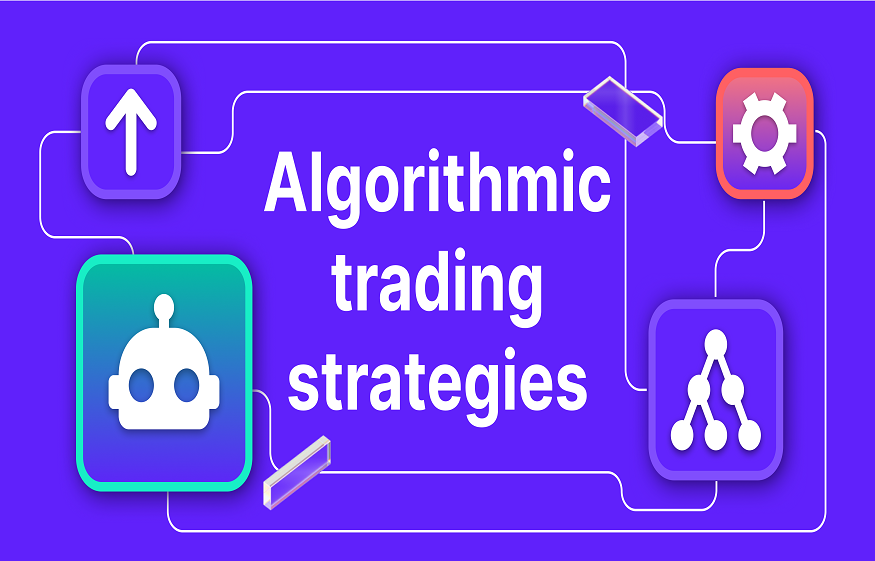Algorithmic futures trading in the UK: Building and testing advanced trading algorithms

The financial markets have undergone remarkable transformations over the past few decades, fuelled primarily by rapid technological advancements. One of the most profound changes that have shaped the landscape is the exponential growth of algorithmic trading, particularly in futures trading.
This article delves into the intricate process of constructing and meticulously testing advanced trading algorithms explicitly tailored for futures trading in the United Kingdom. By shedding light on this complex subject matter, we aim to provide a comprehensive understanding of the intricacies of navigating the dynamic and ever-evolving world of financial markets.
Introduction to algorithmic futures trading
Algorithmic futures trading is a sophisticated approach that harnesses the power of complex formulas and high-speed computers to craft and implement trading strategies. These algorithms are meticulously programmed to make decisions based on predefined conditions, including time, price, and volume.
In the United Kingdom, algorithmic futures trading has gained significant momentum and popularity due to its remarkable ability to execute trades at unparalleled speeds and frequencies, surpassing human traders’ capabilities. This cutting-edge technology has revolutionised the financial industry by providing enhanced efficiency and precision in trading.
Building advanced trading algorithms
Building an advanced trading algorithm encompasses several steps. The first step involves defining a trading strategy. This strategy could be based on various factors, including historical data, market conditions, and other indicators. Once the strategy has been identified, it must be mapped to a mathematical model used to create the actual algorithm.
The next step involves coding the algorithm using computer programming like Java. It requires an in-depth understanding of market dynamics and trading systems. After that, the algorithm must be tested extensively to ensure it functions as expected. Once the algorithm has been tested and refined, it can be deployed in the market for automated trading.
Testing advanced trading algorithms
Testing an advanced trading algorithm is critical before deploying it in the market. It involves simulating various market scenarios and testing the algorithm’s performance under varying conditions. Testing can also help to identify any bugs or errors in the algorithm.
The testing process also involves backtesting, which involves running the algorithm on historical data to identify its weaknesses and strengths. Additionally, forward testing is done by using live data from the market for real-time analysis of the algorithm’s performance. Finally, stress testing assesses how well the algorithm performs under extreme market conditions.
The impact of algorithmic trading on the UK financial market
Algorithmic trading has had a profound and transformative effect on the UK financial market. By leveraging advanced algorithms and automation, traders can execute trades with unprecedented speed and accuracy. It enhances their ability to capitalise on market opportunities and improves the trading process’s efficiency and effectiveness.
Algorithmic trading has significantly improved market liquidity by facilitating a larger pool of buyers and sellers. This increased participation enhances price discovery and fosters a more vibrant and dynamic trading ecosystem.
The rise of algorithmic trading has intensified competition among brokers. To remain competitive, brokers must continuously invest in and update their technology infrastructure, ensuring that they can keep pace with the fluctuating demands of the market. This relentless drive for innovation has led to development of cutting-edge trading platforms and tools, empowering traders with enhanced capabilities and insights.
Algorithmic trading has brought about cost savings by reducing the reliance on human traders. Transaction costs can be significantly reduced with trades being executed automatically and without human intervention, benefiting traders and investors.
Algorithmic trading has revolutionised the UK financial market by enabling faster and more accurate trades, increasing market liquidity, driving competition among brokers, and reducing costs. Its continued evolution promises to shape the future of trading and investment, opening up new possibilities and opportunities for market participants.
Overcoming potential challenges in algorithmic futures trading in the UK
While algorithmic futures trading offers numerous advantages, it has challenges. One prominent challenge lies in the legal and regulatory environment in the United Kingdom. Traders engaging in algorithmic trading must meticulously review and adhere to the relevant UK laws and regulations to ensure they comply with the highest standards of conduct.
Another significant challenge is market volatility. Though designed to navigate market conditions efficiently, algorithms are susceptible to sudden shifts and fluctuations. Traders must, therefore, remain vigilant and adequately prepared to adapt to these dynamic changes by conducting thorough technical analysis.
Traders must be conscious of the risks associated with algorithmic trading. Factors such as latency and slippage can pose significant threats, potentially leading to substantial financial losses. Therefore, implementing robust risk management strategies and closely monitoring trading activities are paramount to mitigating these risks effectively.
Navigating the realm of algorithmic futures trading requires a comprehensive understanding of these challenges and the foresight to anticipate potential pitfalls. By addressing these challenges head-on and staying informed, traders in the UK can position themselves for success in this dynamic and ever-evolving landscape.
The last word
Algorithmic futures trading in the UK has revolutionised the financial markets. It enables traders to quickly identify and capitalise on market opportunities through automated processes rather than relying on intuition alone. Building and testing advanced trading algorithms can be a complex undertaking. Still, with careful consideration of strategy design, coding, testing, and deployment, traders can benefit from algorithmic trading in the UK futures markets.
Despite the complexity of this process, the recent proliferation of online research and educational resources has made it easier to learn and develop advanced algorithms for futures trading. With a little effort, traders can create sophisticated algorithms tailored to their particular trading style and preferences.





